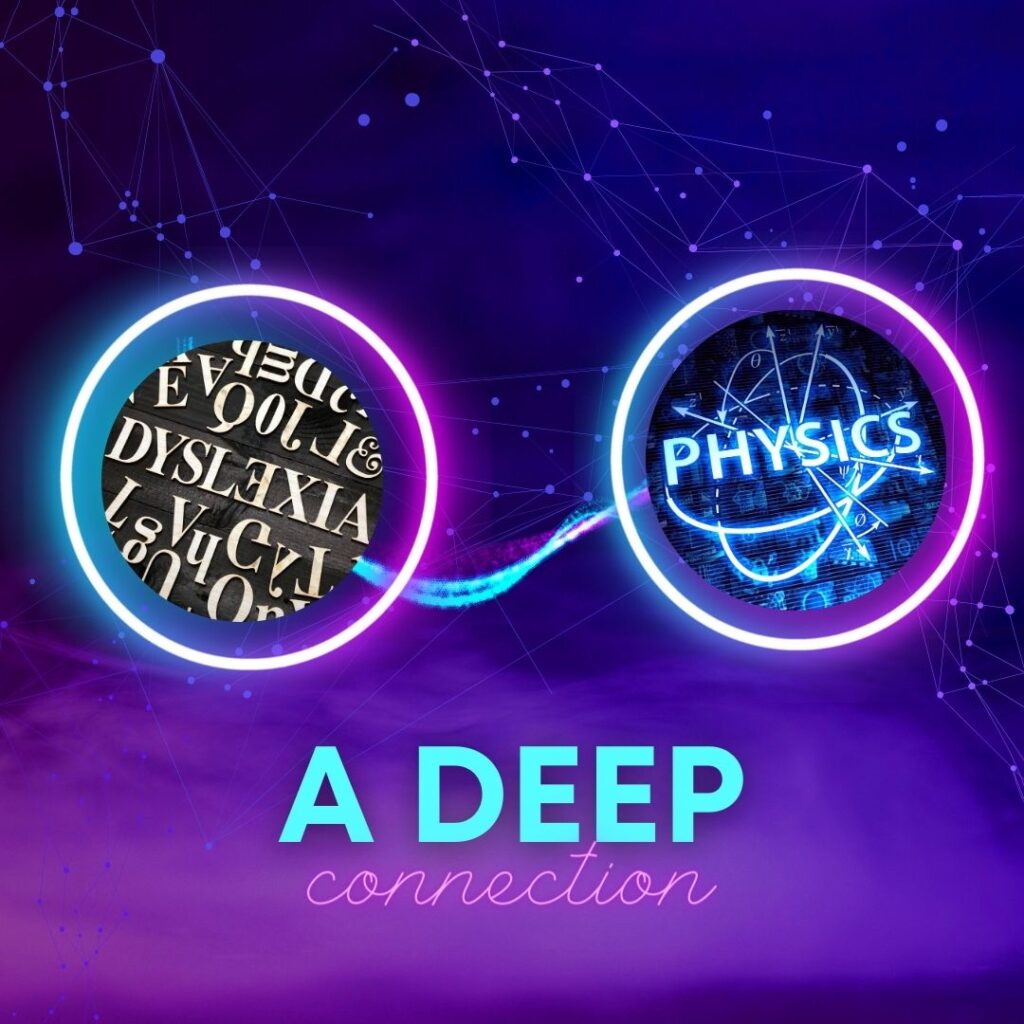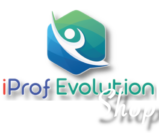Exploring the intricate relationship between dyslexia and the language of science and how the barriers to understanding are way deeper than we anticipated. This article delves into the challenges faced by individuals with dyslexia in navigating the realms of science, mathematics, and language. The key focus lies in understanding how dyslexia intersects with the unique language of science and the broader implications on education.

- The Unique Language of Mathematics
- Dyslexia: Beyond Words in Scientific Language
- Bridging the Communication Gap
- Navigating the Lexical Maze: Dyslexia versus Science’s Language Hurdle
- Tackling Dyslexia: A Path to Inclusive Learning Environments
1. The Unique Language of Mathematics
Mathematics, with its own grammar, vocabulary, and syntax, poses a distinct challenge for individuals with dyslexia. Much like translating a foreign language without support, students with dyslexia encounter difficulties deciphering mathematical expressions. This struggle does not signify a lack of intelligence but underscores the intricate task of understanding symbols within mathematical models.
2. Dyslexia: Beyond Words in Scientific Language
In a parallel vein, dyslexic individuals face challenges in translating shapes (letters) into words and meaning. The article draws a compelling parallel between dyslexia and the communication of scientific ideas. When scientists communicate in a complex language, often inaccessible to the majority, it gives rise to misinformation and conspiracy theories, contributing to the proliferation of fake news.
3. Bridging the Communication Gap
Recognizing the critical connection between dyslexia and science communication becomes imperative for societal progress. The article emphasizes the urgency of finding solutions to address dyslexia, offering insights into designing physics learning methodologies that circumvent communication challenges in the scientific field.
4. Navigating the Lexical Maze: Dyslexia versus Science’s Language Hurdle
The article delves into the intertwined nature of dyslexia and the language of math and physics. It underscores the importance of addressing dyslexia directly and creating inclusive learning environments to empower all students to overcome the language barriers of science.
5. Tackling Dyslexia: A Path to Inclusive Learning Environments
The final section stresses the significance of addressing dyslexia head-on to pave the way for a brighter future. By dismantling the walls of confusion and misinformation, we can make science accessible to all. The exploration concludes with a call to action, urging readers to work together for an inclusive educational landscape.
Conclusion
In a world where the wonders of the universe await unravelling, this article encourages collaboration to make science accessible to everyone. By addressing dyslexia and designing inclusive learning environments, we can empower all students to conquer the language barriers of science, fostering a global community that understands and appreciates scientific ideas.
Check out the ABC Montessori Alphabet Mat for sensorial learning
Additionally, explore educational resources on TeachersPayTeachers for a variety of dyslexia testing materials and insights.


